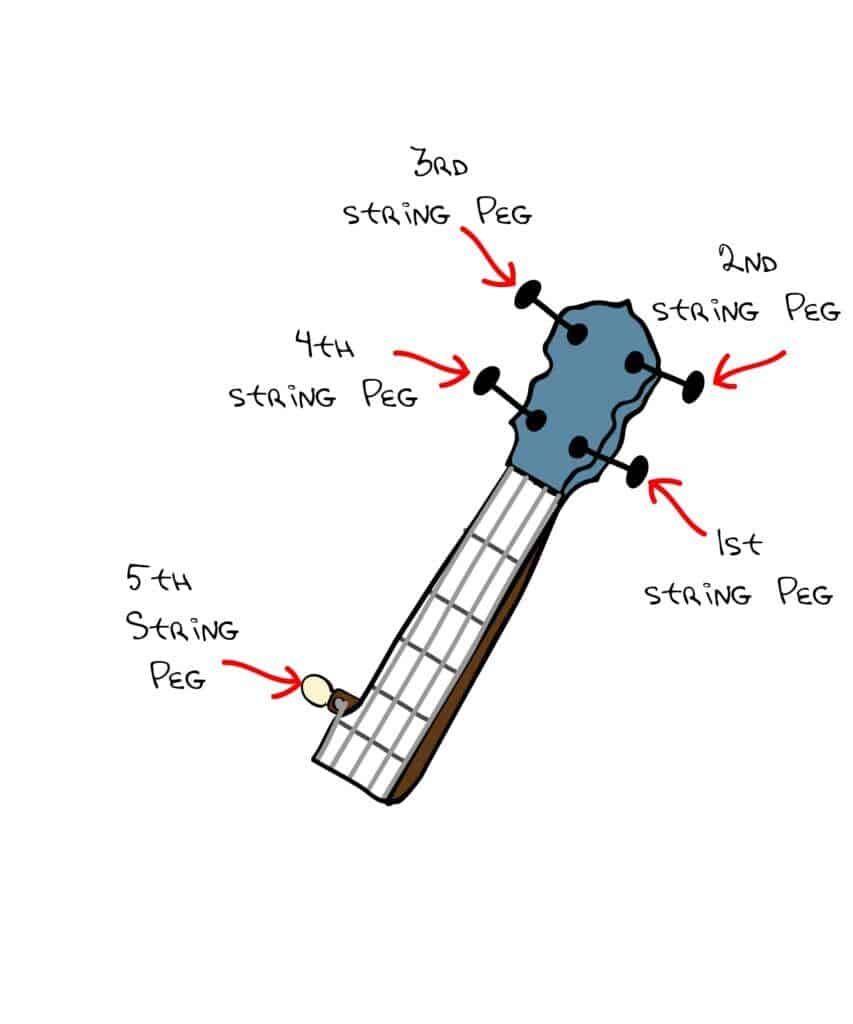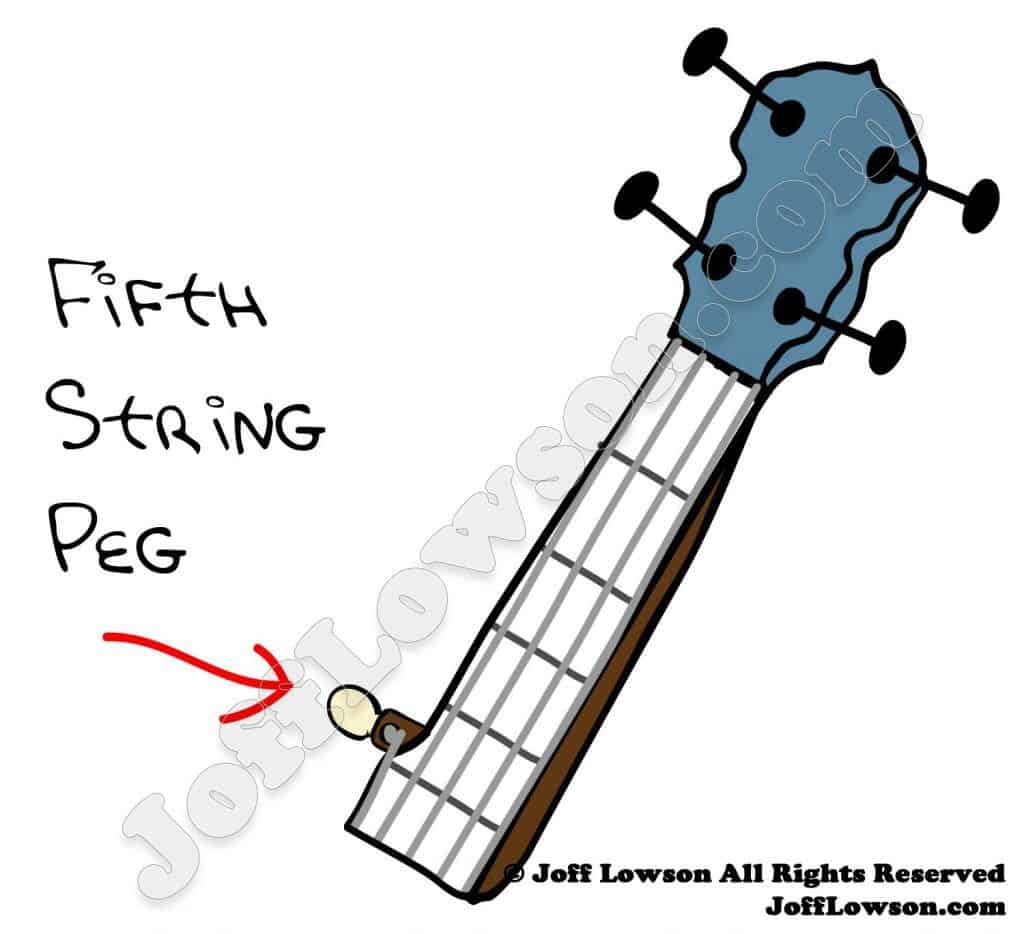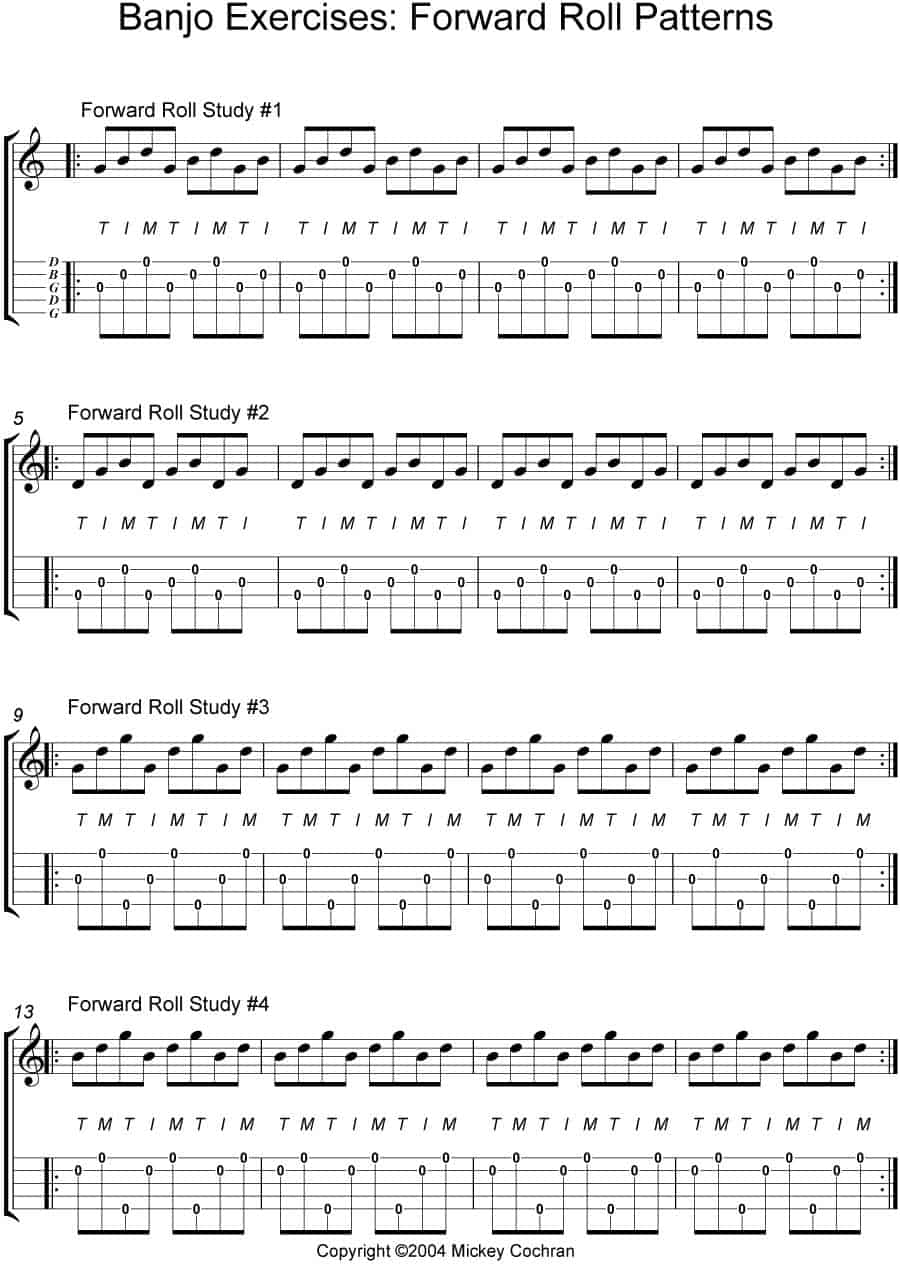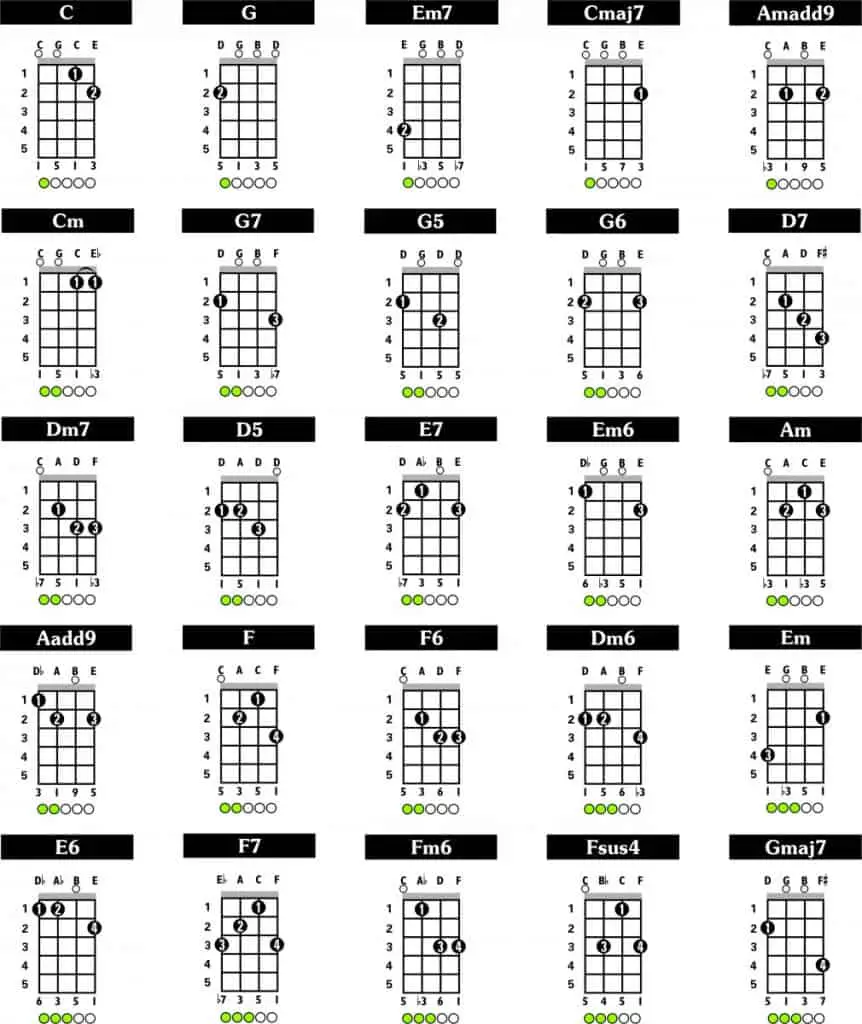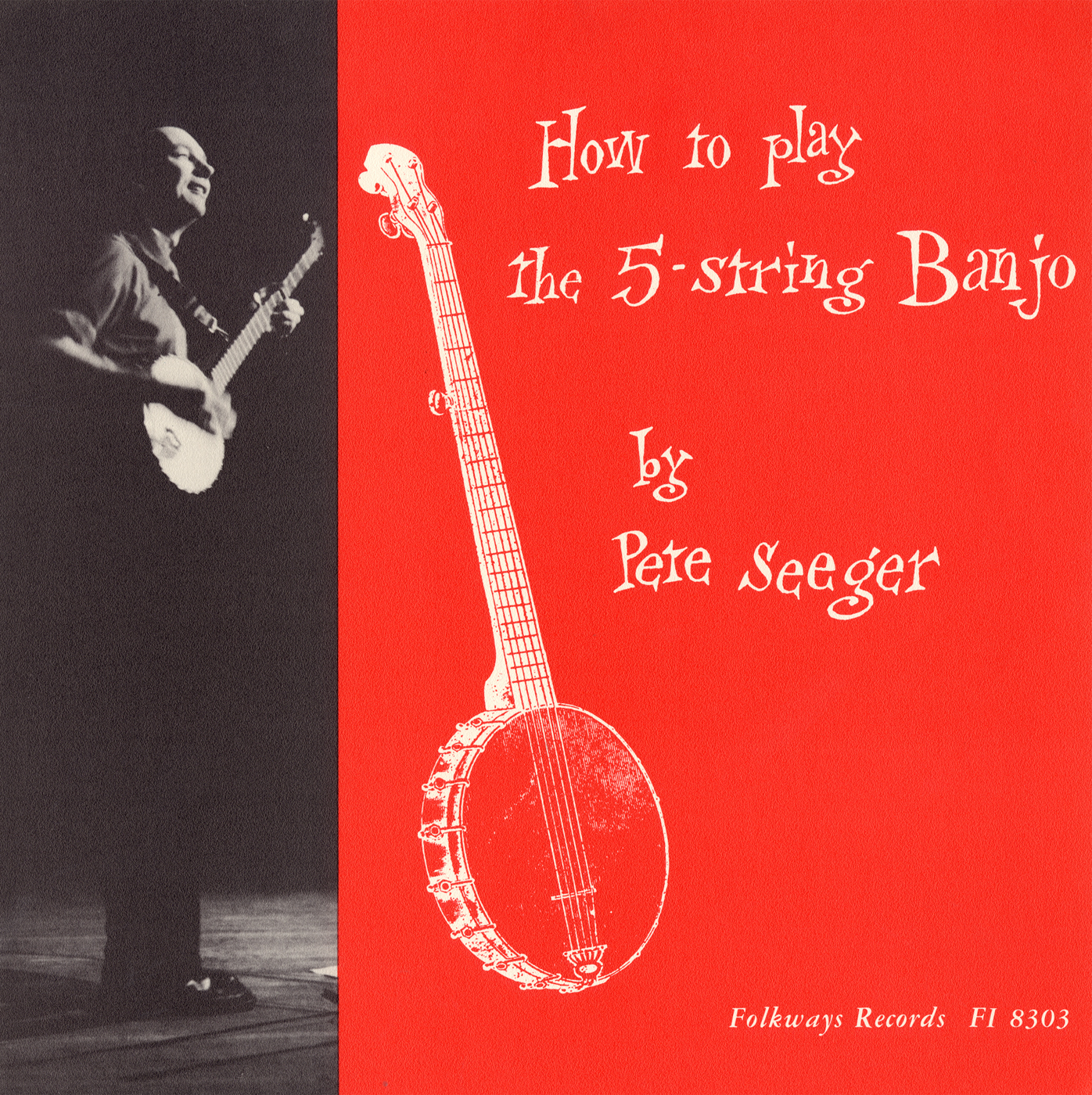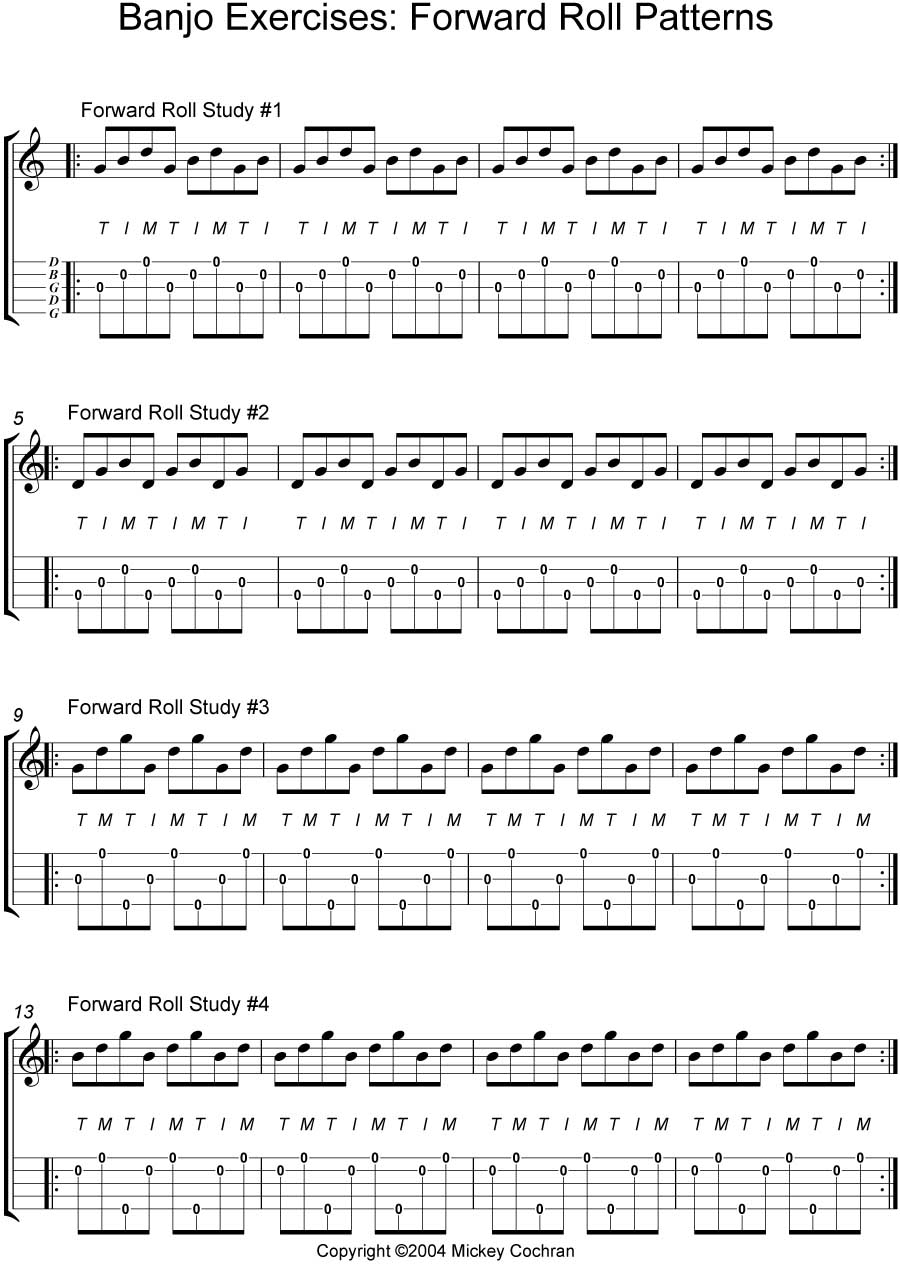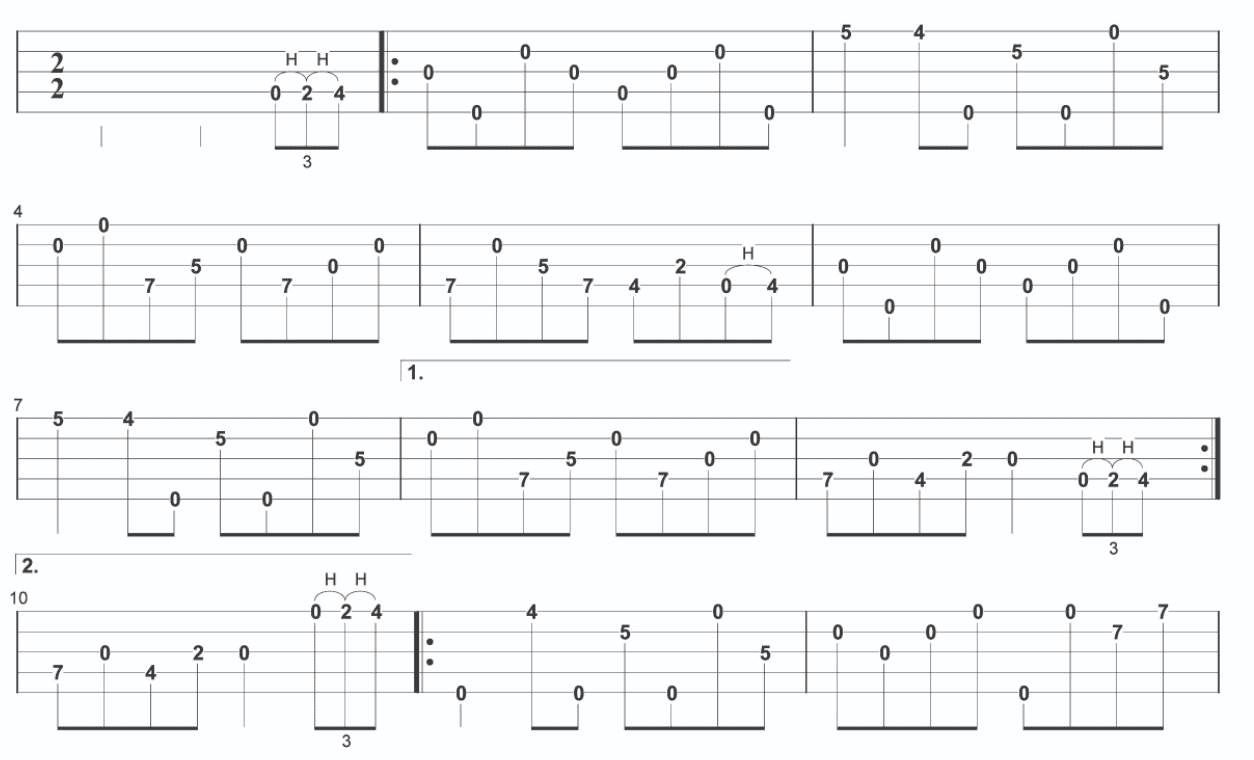Do you want to learn how to play the 5 string banjo? If you’re a beginner looking to unlock the secrets of the banjo fretboard, you’ve come to the right place. Playing the 5 string banjo is an incredibly rewarding experience, and I’m here to guide you on your musical journey. In this article, I’ll review the basics of how to play 5 string banjo, from understanding the fretboard to mastering the intricacies of the instrument. With a bit of dedication and practice, you’ll soon be jamming out with the rest of the banjo players!
Tuning the Banjo
- Put a capo on the fifth fret of the banjo.
- Tune the 1st string to G with a digital tuner.
- Tune the 2nd string to C with a digital tuner.
- Tune the 3rd string to D with a digital tuner.
- Tune the 4th string to G with a digital tuner.
- Tune the 5th string to B with a digital tuner.
Holding the Banjo
- Sit on a chair with the banjo balanced on your knee.
- Place your left hand on the neck of the banjo.
- Grasp the neck with your thumb and index finger, resting your other fingers on the neck for support.
- Position your right hand over the strings, with your thumb on the fifth string and your index finger on the first string.
- Adjust the angle of the banjo, so that the strings are parallel to the floor.
Right Hand Position
To begin playing the 5-string banjo, the first step is getting your right hand positioned correctly on the neck. Curl the fingers of your right hand over the strings, gently resting on the strings to mute them. Place the thumb of your right hand on the 5th string, and use the palm of your right hand to steady your grip.
Left Hand Position
Your left hand should be placed on the neck of the banjo, just behind the fretboard. Use your left index finger to press down on the strings at the fret, and the other fingers to press down on other strings to create chords.
Strumming & Picking
Strumming and picking are the two main techniques used to play the 5-string banjo. Strumming is done by moving the fingers of your right hand in a downward motion, while picking is done by plucking each string individually with the fingers of your right hand.
Roll Patterns
Roll patterns are used to create the characteristic sound of the 5-string banjo. There are several roll patterns that you can use, and they can be combined to create different rhythms. The most common roll patterns are the forward roll, backward roll, alternating thumb roll and alternating index roll.
Building Chords
A banjo typically has five strings, which can be used to play chords. To build a chord, start by pressing down the strings with your finger, one at a time. Make sure each of the strings is held down firmly and that they are all in the same position. Start with the fifth string, then the fourth, then the third, second, and finally the first. Once all of the strings are held down, strum them. This is your chord. To change the chord, simply hold down different strings in a different order. Experiment with different combinations to create a variety of chords.
Playing Melodies
| Chord | Finger Position |
|---|---|
| G | 2nd fret on 1st string, 1st fret on 2nd string, open 3rd string, 2nd fret on 4th string, open 5th string |
| C | 3rd fret on 1st string, 2nd fret on 2nd string, open 3rd string, 3rd fret on 4th string, open 5th string |
| D | 2nd fret on 1st string, open 2nd string, open 3rd string, 2nd fret on 4th string, 2nd fret on 5th string |
Once you have mastered the basic chords on the 5-string banjo, you can start to play melodies. Start by playing the G, C, and D chords as single strums. Then try playing the chords in different combinations and experiment with different strumming patterns. To add a bit of flavor to your melodies, add in some hammer-ons and pull-offs. To do this, you will need to move your finger quickly between two different frets on the same string. For example, you could play the G chord and then add a hammer-on to the 2nd fret of the 1st string. You can also try playing the chords as arpeggios, picking each string individually in succession. As you become more comfortable with the instrument, you can start to make more complex melodies.
Improvising
Once you have become familiar with the basics of playing the 5 string banjo, you may want to explore improvising with the instrument. Improvising is when a musician creates music without a written score or pre-determined notes. To start improvising, begin with basic scales and chords. Get comfortable playing them in different positions on the banjo. Experiment with different rhythms and strumming patterns to create interesting musical ideas. As you practice, try to incorporate new techniques and ideas. This will help you to develop your own unique style of playing. Once you have a good understanding of the basic techniques, try to spontaneously create musical ideas in-the-moment. Improvising is a great way to develop your musical skills and discover new ideas on the 5 string banjo.
Learning Banjo Songs
| Steps | Instructions |
|---|---|
| 1 | Start with the basics. Learn the chords and the different techniques used in playing the banjo. You can get a good foundation in banjo playing by learning some of the most popular tunes, such as “Dueling Banjos”, “Foggy Mountain Breakdown”, and “Cripple Creek”. |
| 2 | Listen to recordings of banjo songs. Listen to a variety of styles, including old-time, bluegrass, and modern. This will give you an idea of what the instrument sounds like and help you find songs that you would like to learn. |
| 3 | Find a teacher or a mentor who can help you learn the songs. Having someone to guide you through the process of learning the banjo is invaluable. They can also give you tips on how to play the songs properly. |
| 4 | Practice playing the songs. Start with simple tunes and gradually increase the difficulty as you gain more experience. Listen to the recordings and practice the songs until you can play them comfortably. |
| 5 | Record your playing. This will help you to hear where you can improve and will allow you to track your progress. It can also be fun to share your recordings with other banjo players. |
Care & Maintenance of the Banjo
- Inspect the banjo before each use. Check for loose parts or broken strings.
- Clean the banjo after each use. Use a soft cloth to wipe any dirt or sweat from the strings and body.
- Store the banjo in a climate-controlled environment. Avoid areas with extreme temperatures or high humidity.
- Tune the banjo regularly. This will help keep the strings in good condition and make playing easier.
- Keep the banjo away from moisture. Water can damage the strings and body of the instrument.
- Keep the banjo in a case when not in use. This will protect it from dirt and dust.
- Have the banjo serviced by a professional every few years. This will ensure the instrument is in good working condition.
Frequently Asked Questions
What is the difference between 5 string and other banjo types?
The 5 string banjo has an extra string compared to 4 string banjos such as the plectrum and tenor banjo. This extra string is a short-scale string, which is tuned to a higher pitch than the other four strings. The 5 string banjo also has a larger neck and head than the other banjos, allowing for a greater range of notes. The 5 string banjo is typically used in bluegrass and old-time music, while other banjo types are more often used in jazz and classical music.
How do I tune a 5 string Banjo?
Tuning a 5 string banjo is fairly straightforward. The strings are tuned in the same order as a guitar, starting with the thickest string at the bottom and proceeding to the thinnest string at the top. The notes for each string are G, D, G, B, D. It is best to use an electronic tuner to ensure the strings are tuned accurately. To do this, simply pluck each string and adjust the tuning pegs until the tuner reads the correct note. Once the strings are in tune, you are ready to play the 5 string banjo.
What techniques should I use to play the 5 string banjo?
Familiarizing yourself with the five-string banjo is the first step to learning how to play. An important technique when playing the five-string banjo is to use the clawhammer style, which involves using the back of the fingernail to pluck the strings. Other techniques include bluegrass style, which is a more complex finger-picking style, and three-finger style, which is a mix of bluegrass and clawhammer techniques. Additionally, you should practice basic techniques such as chord strumming and roll patterns. Lastly, you should become familiar with different tunings, such as open G and open D, to help you create different sounds and progressions.
Are there any special techniques for playing a 5 string banjo?
5 string banjos are often associated with the bluegrass style of playing, which requires a different set of techniques to master than other banjos. In bluegrass, the fifth string is used to emphasize the melody and to provide additional notes that can be used for improvisation. To play effectively, the fifth string must be fretted with the left hand and plucked with the right. Other techniques used in bluegrass style include the use of pull-offs, hammer-ons and slides. Scruggs-style playing also makes use of rolls, which are rapid sequences of notes played with the right hand.
What resources are available to help me learn how to play the 5 string banjo?
Many resources are available to help you learn to play the 5 string banjo, from online tutorials and videos to physical books and other instructional materials. Online resources such as YouTube videos, forums, and websites dedicated to the banjo can provide guidance and help you learn the basics. Additionally, private lessons from a qualified instructor can be a great way to get started and hone your skills. Books and other print materials can also provide valuable insight into the intricacies of the instrument.
Conclusion
Playing the five string banjo can be a fun and rewarding experience. With the right practice and dedication, you can learn the secrets of the banjo fretboard. Familiarizing yourself with the fretboard, tuning the strings, and learning basic chords are all important steps to mastering the five string banjo. With patience and dedication, you can become a proficient player and even create your own unique style.

